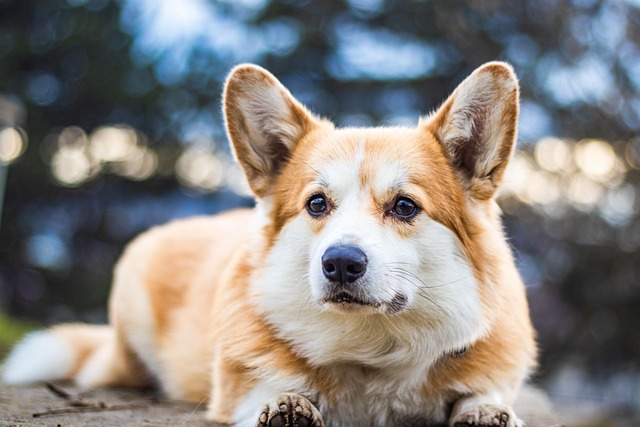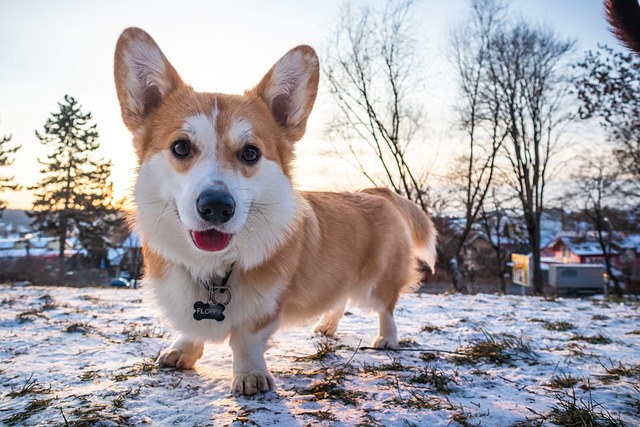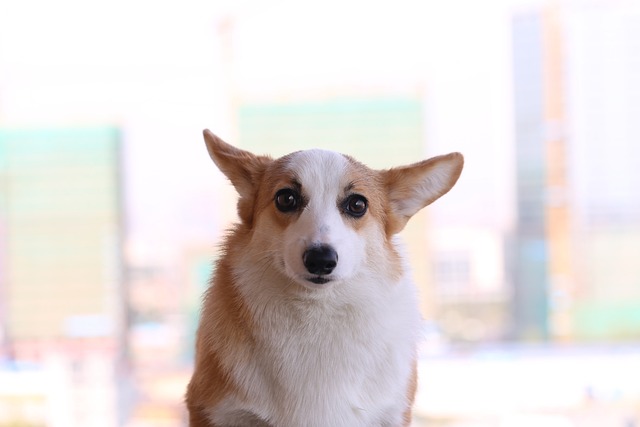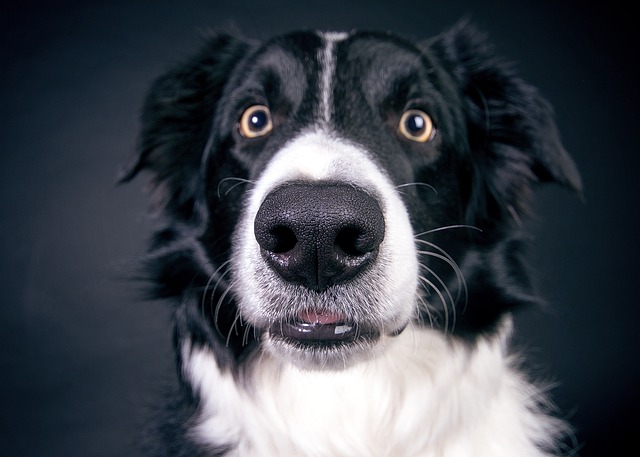
How to test for tetanus in dogs?
Tetanus in dogs often starts with subtle signs most owners miss—like a stiff jaw when grabbing a favorite chew toy or hesitation to climb stairs they once bounded up.
Living with a dog means learning to read their silent language—those subtle cues that whisper long before they shout. I've spent years observing how separation anxiety manifests in our four-legged companions, and I've come to realize that the most telling signs often hide in plain sight. While many owners recognize the obvious symptoms like destructive chewing or incessant barking, the quiet distress signals frequently go unnoticed until anxiety has already taken root.
Separation anxiety isn't just about your dog missing you—it's a genuine psychological condition that affects millions of dogs across the United States. When dogs experience this form of anxiety, their entire world shifts into a state of panic the moment they sense you're leaving. Understanding these early warning signs can make the difference between a manageable situation and one that spirals into severe behavioral problems.
The conventional dog separation anxiety signs are well-documented and relatively straightforward to identify. Most pet parents are familiar with the classic symptoms: excessive barking or howling that starts the moment you leave, destructive behavior targeting doors, windows, or personal items that smell like you, and house soiling despite being fully house-trained. These behaviors typically occur within the first 30 minutes of your departure and represent your dog's desperate attempts to cope with overwhelming stress.
However, what many don't realize is that these dramatic displays often represent the tip of the iceberg. By the time your dog is destroying furniture or having accidents indoors, anxiety has likely been building for weeks or even months through much more subtle channels.
The unexpected signs of dog separation anxiety often begin with changes so gradual that they blend into your daily routine. Have you noticed your dog suddenly losing interest in their favorite treats when you're getting ready to leave? This shift in appetite patterns is one of the most overlooked early indicators. Dogs experiencing anxiety may refuse food entirely during your absence or, conversely, engage in stress-eating behaviors, consuming their meals frantically as if preparing for famine.
Another subtle behavioral sign that many owners miss is excessive self-grooming. When anxiety creeps in, dogs often turn to repetitive licking of their paws, legs, or other body parts as a self-soothing mechanism. What might initially appear as normal grooming can escalate into compulsive behavior, sometimes resulting in hot spots or raw patches on their skin.
Pacing represents another understated symptom that deserves attention. While occasional restlessness is normal, dogs with developing separation anxiety may exhibit repetitive walking patterns, particularly following your usual departure routine. They might trace the same path from the front door to the window, or circle specific rooms where you typically spend time together.
Perhaps most heartbreaking of all is the withdrawal behavior that some anxious dogs display. Rather than acting out destructively, these dogs may retreat into themselves, becoming unusually quiet or seeking out hiding spots when they sense you're about to leave. They might stop greeting you at the door with their usual enthusiasm or seem less interested in activities they once enjoyed.
Understanding how to tell if a dog has separation anxiety requires recognizing these behaviors as symptoms of genuine emotional distress, not defiance or spite. Dogs experiencing separation anxiety undergo real physiological changes when left alone. Their stress hormone levels spike, their heart rate increases, and their entire nervous system shifts into a state of heightened alert that can persist for hours.
The psychological framework behind these subtle behavioral signs of separation anxiety in dogs roots itself in their evolutionary history as pack animals. When separated from their "pack" (your family), anxious dogs experience what researchers call "panic disorder." This isn't simply missing you—it's a survival response triggered by perceived abandonment.
The early symptoms of separation anxiety in dogs often manifest as hypervigilance. You might notice your dog tracking your every movement more intensely than usual, particularly during your pre-departure routine. They may position themselves strategically to maintain visual contact with you, or begin showing signs of distress when you pick up your keys, put on your coat, or grab your work bag.
Some dogs develop what I call "shadow behavior"—becoming your constant companion in a way that feels different from normal affection. They may follow you from room to room, position themselves between you and the door, or refuse to settle in their usual spots if it means losing sight of you.
Sleep pattern disruptions also provide valuable insight into your dog's emotional state. Dogs with developing separation anxiety may have difficulty settling down for naps during the day, particularly if they associate your presence with security. Conversely, some may sleep excessively as a coping mechanism, using rest as an escape from mounting anxiety.
Creating an effective monitoring system at home requires patience and careful observation. I recommend keeping a behavior diary for at least two weeks, noting your dog's actions during your departure routine, their behavior when you're gone (if observable), and their greeting behavior when you return. Modern technology can be incredibly helpful here—pet cameras allow you to observe your dog's behavior remotely, providing insight into patterns you might otherwise miss.
Pay particular attention to the timing of behaviors. True separation anxiety typically manifests within the first 30 minutes of departure, though some dogs may show delayed responses. Document any changes in eating habits, sleep patterns, or social interactions, as these can provide crucial context for understanding your dog's emotional state.
If you suspect your dog is developing separation anxiety, early intervention is crucial. Start by maintaining calm, consistent departure and arrival routines. Avoid making a big fuss when leaving or returning, as this can inadvertently reinforce anxious behaviors. Instead, practice brief departures and gradually increase the duration as your dog becomes more comfortable.
Consider environmental enrichment strategies like puzzle toys, calming music, or items that carry your scent. However, if symptoms persist or worsen, don't hesitate to consult your veterinarian. They can rule out medical causes and may recommend a certified dog behaviorist or veterinary behaviorist for specialized treatment.
Professional intervention becomes particularly important when dealing with severe cases that may require behavior modification programs or, in some instances, anti-anxiety medication. Remember that seeking help isn't a sign of failure—it's a proactive step toward ensuring your dog's emotional well-being.
The journey of understanding and addressing separation anxiety in dogs requires patience, compassion, and careful attention to the subtle ways our companions communicate their distress. By recognizing these early warning signs and responding with appropriate support, we can help our dogs build confidence and resilience in our absence. The bond between human and dog is built on trust and understanding—extending that understanding to their emotional needs when we're apart is simply another expression of the love we share with our four-legged family members.

Tetanus in dogs often starts with subtle signs most owners miss—like a stiff jaw when grabbing a favorite chew toy or hesitation to climb stairs they once bounded up.

If you’re a new dog parent in the US—maybe you’re standing in your Ohio apartment’s pet store aisle, holding a bag labeled “senior dog food” while your 8-year-old Dachshund

If you’re a new dog parent to a senior pup in the US—maybe you’re standing in your Florida apartment’s pet food aisle

Pet owners often worry about hidden health risks for their dogs, and toxoplasmosis is one that flies under the radar for many—understanding how dogs pick it up is key to keeping them safe.

If you’re a new dog parent in the US—maybe you’re standing in your Chicago apartment, staring at your 7-month-old Poodle mix, Bella

Tetanus in dogs comes from bacteria entering open wounds—think a deep cut from a rusty fence nail during a walk, or a scraped paw from digging in contaminated soil.